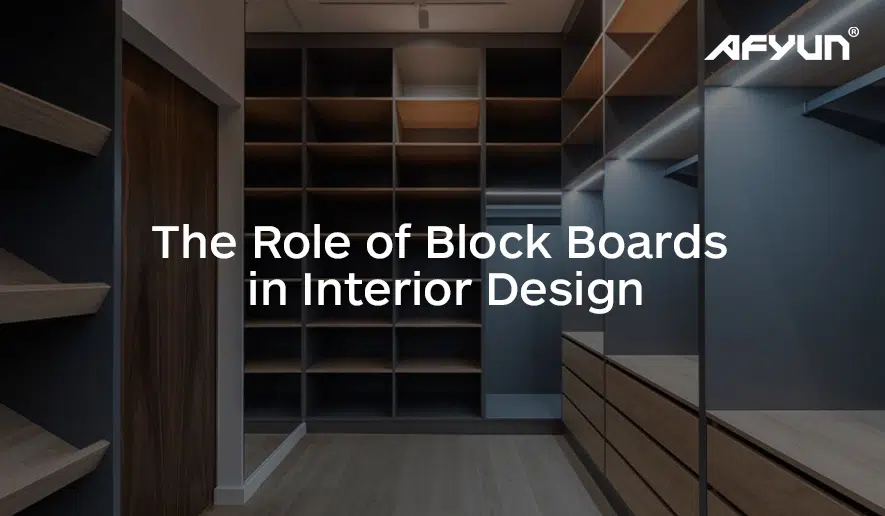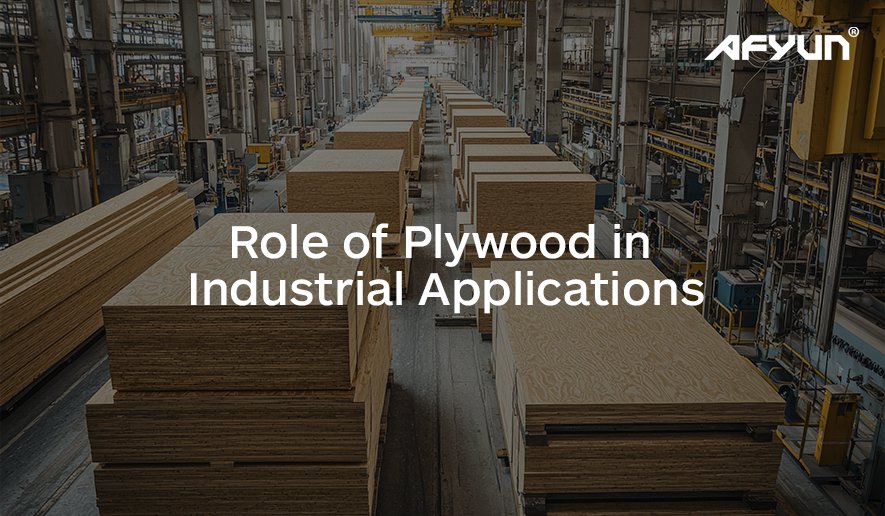Plywood is one of the most versatile and widely used building materials in the world. However, it is susceptible to damage from moisture, pests, and fungal decay, which can compromise its structural integrity over time. To address these challenges, chemical treatments are applied to plywood to enhance its performance and longevity.
In this blog, we’ll dive deep into the world of chemical treatments in plywood, exploring the types of treatments, their benefits, and what you need to know before using treated plywood.
What Are Chemical Treatments in Plywood?
Chemical treatments involve the application of specific chemicals to plywood to improve its resistance to environmental factors such as moisture, insects, fungi, and fire.
These treatments are designed to protect the wood from degradation, ensuring that it remains durable and functional for a longer period.
The chemicals used in these treatments penetrate the wood fibers, creating a protective barrier that enhances the plywood’s performance in various applications.
Why Are Chemical Treatments Necessary?
Plywood is made by bonding thin layers of wood veneers together using adhesives. While this construction gives plywood its strength, it also makes it vulnerable to certain environmental factors:
- Moisture: Untreated plywood can absorb water, leading to swelling, warping, and eventual rot.
- Pests: Termites and other wood-boring insects can damage plywood, compromising its structural integrity.
- Fungal Decay: Fungi thrive in damp conditions and can cause wood to decay over time.
- Fire: Plywood is combustible, making it a potential fire hazard in certain applications.
Chemical treatments address these issues by making plywood more resistant to moisture, pests, fungi, and even fire.
Types of Chemical Treatments in Plywood
There are several types of chemical treatments used in plywood, each designed to address specific challenges. Let’s explore the most common ones:
1. Preservative Treatments
Preservative treatments are used to protect plywood from biological threats such as fungi, termites, and other wood-destroying organisms. These treatments involve the application of chemicals like:
- Copper-Based Compounds: Copper azole and alkaline copper quaternary (ACQ) are commonly used preservatives that protect against fungal decay and insect infestation.
- Borates: Boron-based chemicals are effective against termites and fungi and are often used in indoor applications.
- Creosote: A traditional preservative used for outdoor and industrial applications, creosote provides long-lasting protection but has a strong odor and is not suitable for indoor use.
2. Fire-Retardant Treatments
Fire-retardant treatments are designed to reduce the flammability of plywood, making it safer for use in buildings and other structures. These treatments involve the application of chemicals such as:
- Ammonium Phosphate: A common fire retardant that releases water vapor when exposed to heat, slowing down the combustion process.
- Intumescent Coatings: These coatings swell when exposed to high temperatures, forming a protective barrier that insulates the wood from fire.
Fire-retardant plywood is often used in commercial buildings, schools, and public spaces where fire safety is a priority.
3. Water-Repellent Treatments
Water-repellent treatments are used to make plywood resistant to moisture absorption. These treatments involve the application of hydrophobic chemicals that create a barrier on the wood surface, preventing water from penetrating the fibers. Common water-repellent chemicals include:
- Waxes and Oils: These are applied to the surface of the plywood to repel water.
- Silicones: Silicone-based treatments provide long-lasting water resistance and are often used in exterior applications.
4. Anti-Termite Treatments
Anti-termite treatments are specifically designed to protect plywood from termite infestations. These treatments involve the application of chemicals such as:
- Chlorpyrifos: A widely used insecticide that effectively repels and kills termites.
- Imidacloprid: A systemic insecticide that provides long-term protection against termites.
Anti-termite plywood is commonly used in regions where termite infestations are a significant concern.
Benefits of Chemically Treated Plywood
Chemically treated plywood offers several advantages over untreated plywood, including:
- Enhanced Durability: Treated plywood is more resistant to moisture, pests, and fungal decay, ensuring a longer lifespan.
- Improved Safety: Fire-retardant treatments reduce the risk of fire hazards, making plywood safer for use in buildings.
- Cost-Effectiveness: While treated plywood may have a higher upfront cost, its extended lifespan and reduced maintenance requirements make it a cost-effective choice in the long run.
- Versatility: Treated plywood can be used in a wide range of applications, from outdoor construction to indoor furniture, without compromising performance.
Considerations When Using Chemically Treated Plywood
While chemically treated plywood offers numerous benefits, there are some important factors to consider before using it:
- Environmental Impact: Some chemical treatments, such as creosote and certain fire retardants, can have environmental and health implications. Always choose treatments that are eco-friendly and comply with local regulations.
- Application-Specific Treatments: Different treatments are designed for specific applications. For example, fire-retardant plywood is ideal for commercial buildings, while water-repellent plywood is better suited for outdoor use.
- Handling and Safety: Chemically treated plywood should be handled with care, as some chemicals can be harmful if inhaled or ingested. Always wear protective gear when cutting or sanding treated plywood.
- Cost: Treated plywood is generally more expensive than untreated plywood. Consider your budget and the specific requirements of your project before making a decision.
Final Thoughts
Chemical treatments play a crucial role in enhancing the performance and durability of plywood. However, it’s important to choose the right type of treatment based on your specific needs and to consider factors such as environmental impact, safety, and cost.
Ready to explore high-quality, chemically treated plywood for your next project? Visit Afyun today to discover a wide range of premium plywood options tailored to meet your needs.
Shop now at Afyun and take your projects to the next level!
You may also like: Plywood Manufacturers in Kerala | Plywood Manufacturers in Mangalore | Plywood Manufacturers in Bangalore | Plywood Manufacturers in Chennai | Plywood Manufacturers in Tamil Nadu









